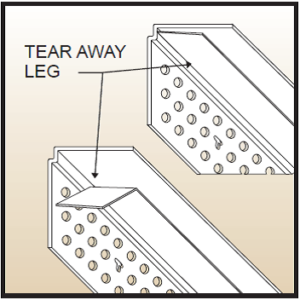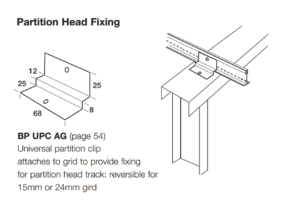 Scott and Pamela Gordon paid a little under $5 million for a home in Windermere last year. Come tax time, they expect to get back about $66,000 for tearing it down.
Scott and Pamela Gordon paid a little under $5 million for a home in Windermere last year. Come tax time, they expect to get back about $66,000 for tearing it down.
That’s because the Gordons, who are spending more than $4 million to build a new home on the site, took down the original home using a method known as “deconstruction.” In this process, a crew carefully dismantles an older property by hand instead of using bulldozers. The process costs more than a straightforward demolition—the Gordons paid more than $20,000 for the disassembly, roughly double what they would have paid for a wrecking crew. But they were able to donate home materials such as lumber, roof tiles and even lamps to nonprofits for reuse.
The donated materials were appraised by an appraisal-and-consulting firm at $159,000, which the Gordons can apply to their tax bill to receive a deduction. Based on the Gordons’ tax bracket, Ms. Gordon estimates that will ultimately work out to a savings of around $66,000, or more than three times the cost of the deconstruction.
“We’re not the kind of people who just come in with a bulldozer and clear a house out,” says Ms. Gordon, whose husband is a venture capitalist. And since deconstruction ended up paying for itself, it was “not a hard decision” to pursue it. The Gordons are now building a five-bedroom, 7½-bathroom, 6,000-square-foot modern Mediterranean home that they expect to be completed late next year.




 Scott and Pamela Gordon paid a little under $5 million for a home in Windermere last year. Come tax time, they expect to get back about $66,000 for tearing it down.
Scott and Pamela Gordon paid a little under $5 million for a home in Windermere last year. Come tax time, they expect to get back about $66,000 for tearing it down.